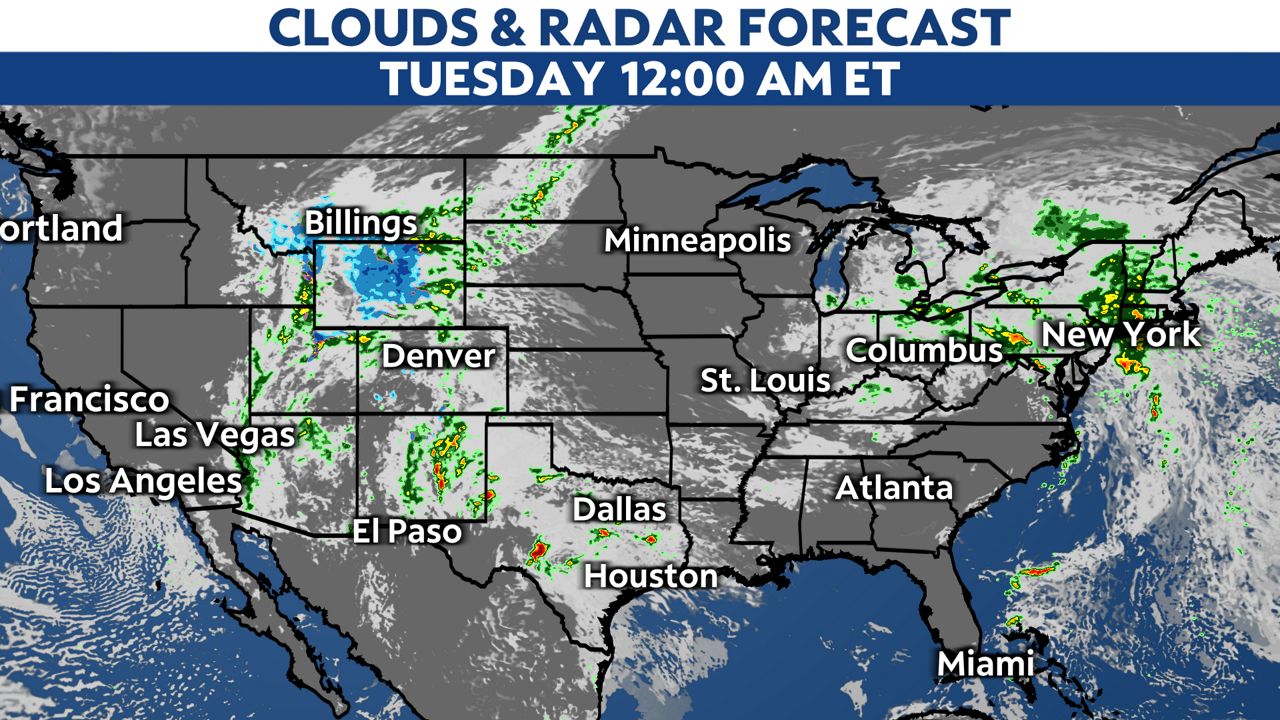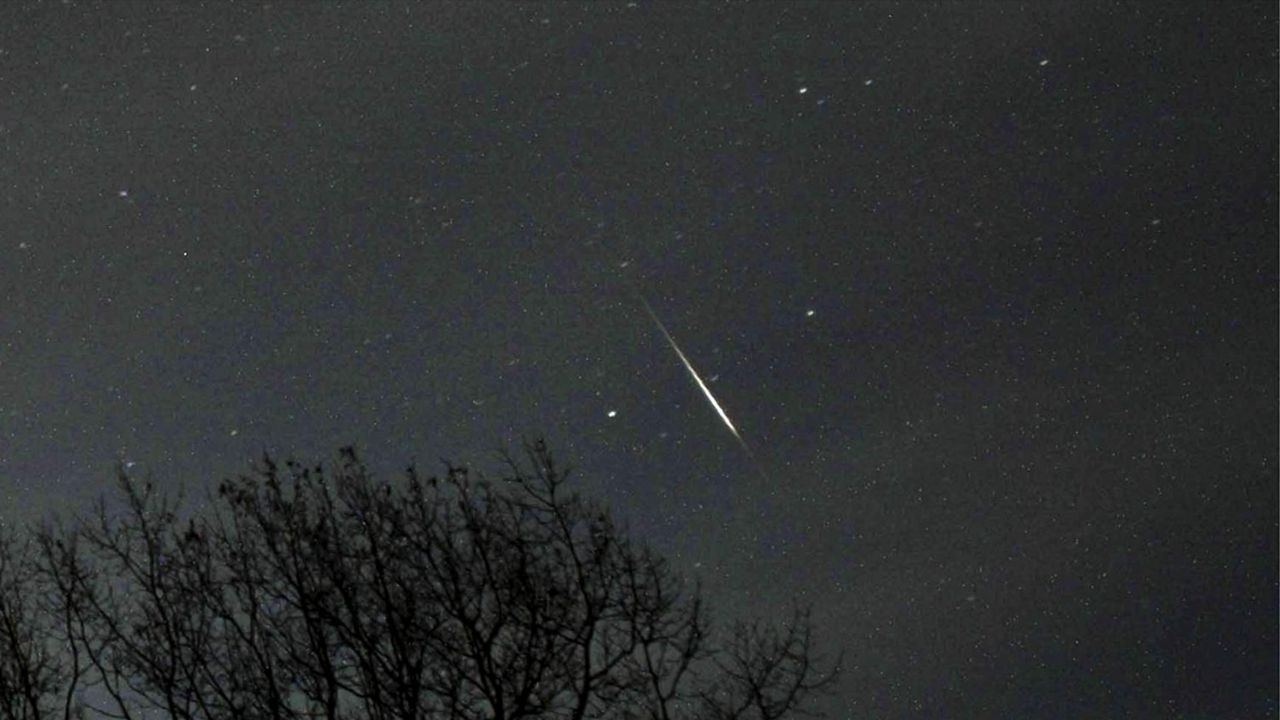The Eta Aquarids meteor shower has been active since April 15th. However, the meteor shower peaks between May 5 and 6.
The Southern Hemisphere has a better advantage of viewing this meteor shower. At the shower’s peak, they could see up to 60 meteors per hour. Don’t worry! We will still see the Aquarids meteor shower Monday night through early Tuesday in the Northern Hemisphere as well.
This shower is caused by particles from Halley’s comet. The particles burn as they enter Earth’s atmosphere. That brief glow, sometimes called ‘shooting stars’, is what we see moving across the sky.
Meteor showers are named after the constellation from which the meteors appear to originate. From Earth’s perspective, the Eta Aquarids appear to come from the Aquarius constellation.
You don’t need fancy equipment like telescopes or binoculars to see this meteor shower. All you need is the darkness of night and patience to see the Eta Aquarids meteor shower.
In a dark location, allow your eyes to adjust to the night sky for approximately 30 minutes. Once your eyes are adjusted, you don’t need to look directly at the Aquarius constellation.
In fact, it’s recommended to move your gaze around the night sky where the meteor shower will be easier to spot. If you only look at Aquarius, you may miss some of the longer, more vibrant streaks.
Sky Conditions
The best viewing areas look to be in the West, across much of the Upper Midwest, and in the Southeast. Some areas such as the Northeast, the Rockies and the southern Plains will deal with cloud cover or rain on the night of May 5 into early on May 6.

While before dawn on May 6 is the best chance for viewing the Eta Aquarids meteor shower, it will still be visible until May 27.
Our team of meteorologists dives deep into the science of weather and breaks down timely weather data and information. To view more weather and climate stories, check out our weather blogs section.
